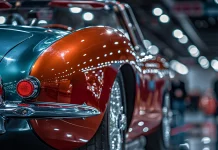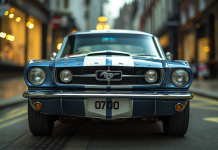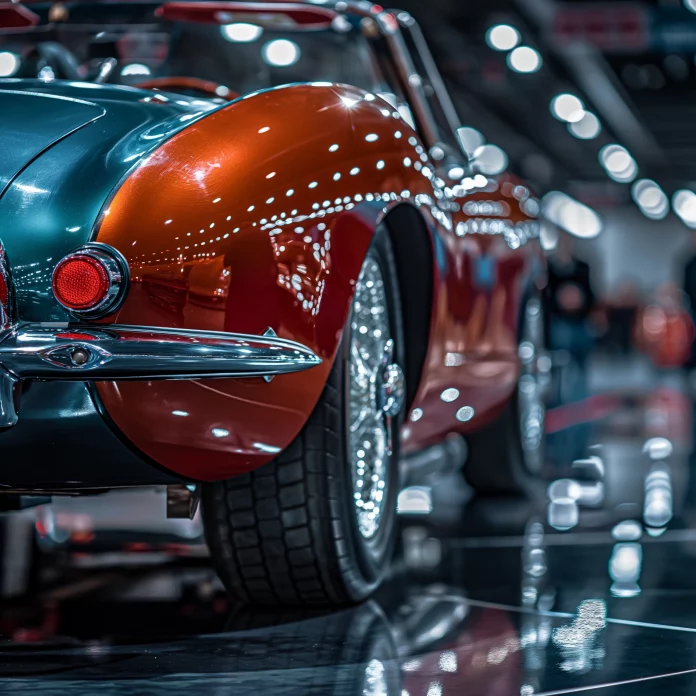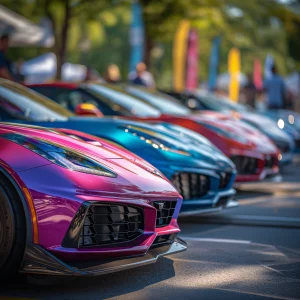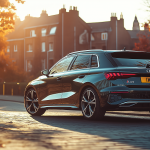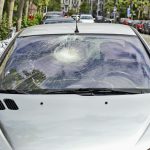Participating in a UK auto show for the first time can be a formidable yet rewarding endeavour. These events are pivotal in the automotive industry, offering a platform for exhibitors to showcase new models, technologies, and services while establishing significant industry connections. Success requires a deep understanding of the event’s scope, meticulous preparation, and strategic engagement.
This guide provides comprehensive insights into mastering your debut—from logistical planning and booth design to post-show follow-up and digital integration. With the right approach, first-time exhibitors can maximise their impact and lay the groundwork for future opportunities.
The Significance of Auto Shows
Auto shows are pivotal in the automotive industry, serving as premier venues for showcasing new models, technologies, and services. These events offer a unique platform for exhibitors to launch products and engage directly with a targeted audience. Understanding the strategic importance of these shows is essential for maximising the opportunities they present for branding and networking.
Preparation Strategies
Successful participation begins with thorough research and clear objectives. Exhibitors should investigate previous editions of the show and understand the demographic of the attendees and the nature of the displayed models. Setting specific goals—whether for sales, branding, or networking—allows for focused preparation and resource allocation, ensuring that every action taken aligns with the overarching business strategies.
Logistical Planning
Efficient logistical planning underpins a successful exhibit. This includes arriving early to avoid any last-minute setup issues, securing advantageous parking, and planning the best routes within the venue. Understanding the space’s layout is crucial for optimal booth placement to maximise visitor engagement and manage attendee flow effectively.
Booth Design and Branding
The design of the booth is a direct reflection of the brand. It should not only attract attention but also encapsulate the essence of the brand’s identity. Employing dynamic and visually engaging elements such as signage and multimedia displays can differentiate an exhibitor from the competition, making the booth a focal point for attendees.
Interacting with the Audience
Engagement goes beyond visual appeal; it involves active communication with attendees. Preparation of promotional materials like brochures and business cards is fundamental. Demonstrations or interactive experiences highlighting the product’s features can significantly enhance engagement. At the same time, social media integration can extend the reach of the interaction beyond the physical confines of the show.
Networking and Relationship Building
Auto shows are ideal for networking with industry peers and potential customers. Effective networking involves more than exchanging business cards—it’s about initiating meaningful conversations that can develop lasting relationships. Utilising the social opportunities of these events can lead to collaborations and partnerships that extend well beyond the show’s duration.
Learning Opportunities
Participation in seminars and workshops provides insights into industry trends and advancements, offering exhibitors a chance to stay informed and ahead of market shifts. These educational opportunities also serve as networking platforms, connecting exhibitors with thought leaders and innovators.
Showcasing Cutting-edge Technologies
For exhibitors focused on the technological forefront of the automotive industry, presenting innovative solutions and products is crucial. This attracts a tech-savacious audience and positions the exhibitor as a leader in innovation, appealing to potential customers and industry influencers.
Sustainability Practices
Incorporating sustainability into exhibition strategies has become not only a trend but a necessity within the automotive industry. Exhibitors at UK auto shows can leverage this by promoting their eco-friendly products and practices. This aligns with the broader industry shift towards sustainability, appealing to a growing segment of environmentally conscious consumers and stakeholders. Demonstrating commitment to sustainability can enhance brand reputation and attract positive attention from both attendees and media covering the event.
Implementing green practices could involve using recyclable materials in booth construction, minimising waste, and showcasing vehicles or technologies that offer reduced environmental impact. Such practices not only contribute to the preservation of the environment but also set a precedent for industry standards and consumer expectations.
Post-Show Follow-Up
The importance of diligent follow-up after the event cannot be overstated. Engaging with leads and contacts made during the auto show is critical for capitalising on the initial interest and turning it into tangible business opportunities. This involves sending personalised follow-up communications, whether through emails, phone calls, or even direct mail, tailored to each contact’s interest and potential needs.
This phase is crucial for maintaining the momentum gained at the show and for nurturing newly formed relationships. Effective follow-up can significantly increase the return on investment (ROI) from the event, as it transforms prospects into active customers and partners.
Adapting to Evolving Event Formats
The increasing prevalence of digital and hybrid event formats poses both challenges and opportunities for exhibitors. Preparing for these formats by integrating virtual platforms and digital marketing strategies can extend an exhibitor’s reach far beyond traditional physical boundaries. Virtual tours of booths, live-streamed product demonstrations, and interactive online sessions can attract a global audience, thus amplifying the exhibitor’s visibility and impact.
Employing augmented reality (AR) to demonstrate vehicle features, virtual reality (VR) experiences that simulate driving, or apps that allow real-time interaction enhances the visitor experience. Such technologies make the exhibit more engaging and memorable, potentially increasing the booth’s dwell time and the presentation’s overall effectiveness.
Integrating these technologies requires careful planning and investment but can set an exhibitor apart from the competition, offering an immersive and interactive experience that resonates with a tech-savvy audience.
Strategic Execution for Exhibition Success
For first-time exhibitors at UK auto shows, the journey involves a strategic blend of understanding, preparation, and execution. Exhibitors can make a notable impact by thoroughly comprehending the event’s significance, meticulously planning every aspect of the exhibition, and actively engaging with attendees. Integrating sustainable practices and cutting-edge technologies while leveraging both traditional and digital platforms ensures that the exhibit reaches its full potential, making the first foray into auto shows memorable and highly successful.
Executing these strategies requires keen attention to detail and a proactive approach. It ensures that every opportunity for interaction, engagement, and relationship-building is maximised. Through these efforts, first-time exhibitors can establish a strong foundation for their presence in the automotive industry, setting the stage for future successes at UK auto shows and beyond.


